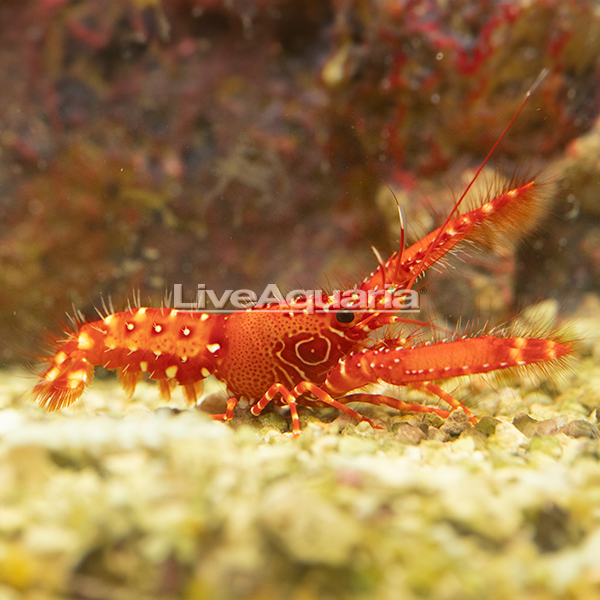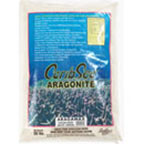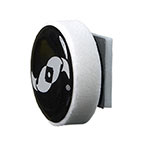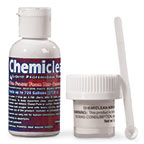

Additional locales and sizes may be available!
Additional locales and sizes may be available! Email me when availableQuick Stats
What do these Quick Stats mean? Click here for more information
What do these Quick Stats mean? Click here for more information
Overview
The Bullseye Reef Lobster Enoplometopus holthuisi is eye-catching and makes its home on coral reefs in nature. It is also known as the Holthuis’s Reef Lobster. Sporting a red and white body and claws, this lobster has distinctive markings on its body near its head that resemble targets. Only one specimen or mated pair should be kept per tank.
Because it is nocturnal and shy, the aquarium in which it lives should offer caves or other décor in which it can hide, especially after molting while a new exoskeleton is being formed. Though reef safe, caution should be exercised if kept with small fish or invertebrates. As with other inverts, it is sensitive to copper-based medications.
This marine Lobster in the Enoplometopidae family is a carnivore. In addition to eating any food it scavenges, its diet can be supplemented with meaty foods like fish or shrimp enriched with iodine.
Approximate purchase size: 2” to 4"











